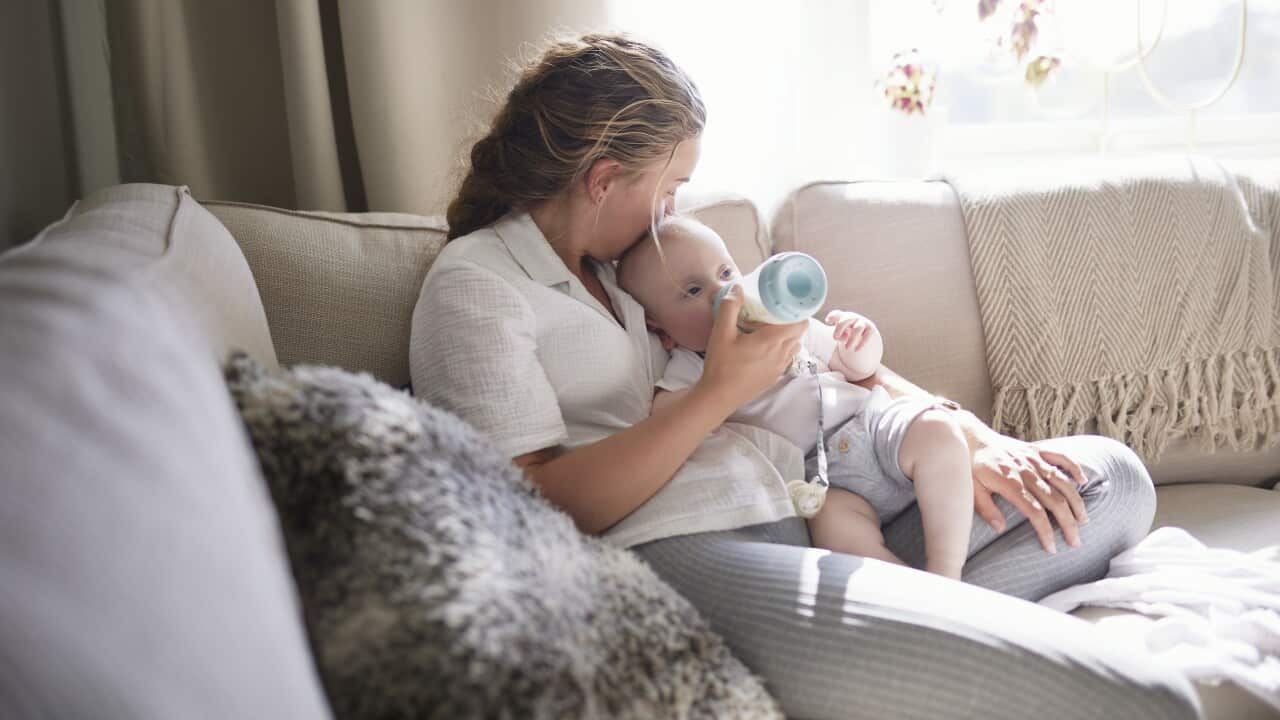New mums and dads are set to have their superannuation topped up by the federal government when they’re taking time off to care for their newborn.
The new laws, which if passed will mean superannuation is paid on top of government-funded paid parental leave, were introduced
to parliament on Thursday.
The scheme is estimated to cost taxpayers $250m per year.
“This is a modern policy for modern families which delivers choice, offers security, and rewards aspiration,” Prime Minister Anthony Albanese said on Thursday.
Here’s how it will work.
Who will benefit?
If passed the scheme will come into effect in July 2025 and is expected to benefit 180,000 families who use government-funded parental leave after the birth of their child.
This leave is paid at the national minimum wage — $915.90 a week.
Superannuation will be paid at a standard guarantee rate of 12 per cent. It’s currently 11.5 per cent but will increase at the same time the scheme comes into effect.
It’s expected new parents will receive $3,000 in super over the length of their leave, which will .
The government payments are available for families earning under $364,350 a year or individuals earning under $169,000 a year.
If a family is earning more than $364,350 but one person within it is earning below $175,788 they will be eligible.
If a single person is earning over $175,788 they are still eligible if under the $350,000 family limit.
Campaigners have long argued that new mothers experience a “motherhood penalty” due to lost earnings and super while on parental leave. This has a compounding effect over time and leaves women with less retirement savings compared to men.
Advocacy group The Parenthood said the changes could result in $30,000 extra in retirement savings per family, per child.
“The reality is that today in Australia there are so many financial hurdles to having a family — from the cost of early childhood education and care, to lost earnings while out of the workforce,” The Parenthood’s chief executive Georgie Dent said.
“The inclusion of superannuation payments would reinforce that paid parental leave is not a welfare payment, but a workplace entitlement just like annual leave or sick leave.”
Parental leave to be extended
Under the current scheme, new parents in Australia are entitled to only 18 weeks of paid leave compared to 39 in the United Kingdom and 58 weeks in Japan.
The government plans to expand paid parental leave by an additional six weeks.
From 1 July this year, families will have access to an extra two weeks of leave (22 weeks total), which will increase to 24 weeks from July 2025 and 26 weeks from July 2026.
Once rolled out a total of 4 weeks will be reserved for each parent on a “use it or lose it” basis, aimed at encouraging greater sharing of care responsibilities.
, and say Australia will still lag behind other OECD countries.
With additional reporting by the Australian Associated Press.

